6/8 Lee and I were up early for our excursion to Cordoba. We took a high speed train for 14€ that made the trip in just 45 minutes (www.raileurope.com has a great website where I can check the train schedules). The trains are great, comfortable and a super way to see the countryside. There were more beautiful sunflower fields along with olives. Every plot of land is being used in some form. After arriving at the Cordoba station it was just a short walk through a large park to reach the Mezquita.
We arrived before 10am to avoid the 8€ admission charge
. The Mezquita is famous for once being the home of Western Islam and a wonder of the medieval world. It´s remarkably well-preserved, letting us see the stature of Islamic Cordoba in its 10th century prime.
We started in the Patio de los Naranjas which is where orange trees grow in a courtyard and the faithful washed before prayer. As soon as you enter the building your jaw just drops. It´s a totally unique building where you just wanted to take photo after photo. There are more than 850 columns of granite, jasper and marble supporting the roof, creating a dazzling visual effect. Various features of both the mosque and cathedral co-exist in the current Mezquita.
The Mihrab is a richly ornamented prayer niche which holds a gilt copy of the Koran. More than 7000 men would kneel facing the Mihrab during the Mezquita´s prime. The Mihrab reflects the wealth of Cordoba at the time. Three thousand pounds of multicolored glass and enamel cubes panel the walls and domes in mosaics designed by Byzantine craftsmen, depicting flowers and quotes from the Koran
. Unfortunately it was too dark inside for photos of the Mihrab.
In the center of the Mezquita exists a cathedral that was started in 1523 after King Charles V destroyed part of the mosque to make room for it. When Charles saw the final product, he declared that they´d destroyed something unique to build something ordinary. As a result the rest of the mosque survived.
From the Mezquita we went next door to the Alcazar de los Reyes Cristianos. The guidebooks all mention the Alcazar but we were blown away and felt that they should have more strongly encouraged people to visit. We once again got in free and had visions of the Cokes and pastries that the saved money would buy.
The Alcazar was originally a Visigothic structure strategically situated on the Guadalqivir River. The Moors rebuilt the castle and added gardens during their reign. Ferdinand and Isabel donated the castle to the Inquisition in 1482, and it became an administrative and ecclesiastical center
. The building today is very bare and offers little other than views of the area from the wall watchtowers.
The highlight of the Alcazar is the amazing water terraces, fountains and gardens. The gardens were very well-tended and gave us many great places in which to take pictures. We continued to see lots of American tourists, including a group from Baylor here at the Alcazar. We just walked through the gardens admiring how beautiful and pristine everything looked.
Our next stop was the small synagogue built in 1315. The Christian Reconquista of Cordoba (1236) brought a brief period of religious tolerance, and this synagogue was built, a joint effort by Christian, Jewish and Muslim craftsmen. Next to the synagogue Lee wanted to stop at a statue of Maimonides. Maimonides (1135-1204) was born in Cordoba and raised on Jewish scripture and Aristotle´s philosophy. Like many tolerant Cordobans, he saw no conflict between the two. Maimonides became famous by writing the Guide of the Perplexed in which he asserted that secular knowledge and religious faith could go hand-in-hand. Today it has become popular for tourists to rub his foot for good luck which we did.
There wasn´t anything else we wanted to see in Cordoba so we wandered the streets before heading to the (smoke-free!) train station and the return to Sevilla.
Cordoba, Spain
Friday, June 08, 2007
 Cordoba, Spain, Spain and Canary Islands
Cordoba, Spain, Spain and Canary Islands
Other Entries
-
1Leaving Houston
May 2712 days prior Houston, United Statesphoto_camera0videocam 0comment 0
Houston, United Statesphoto_camera0videocam 0comment 0 -
2Lisbon
Jun 017 days prior Lisbon, Portugalphoto_camera43videocam 0comment 0
Lisbon, Portugalphoto_camera43videocam 0comment 0 -
3Lagos, Portugal
Jun 035 days prior Lagos, Portugalphoto_camera18videocam 0comment 0
Lagos, Portugalphoto_camera18videocam 0comment 0 -
4Tavira, Portugal
Jun 062 days prior Tavira, Portugalphoto_camera13videocam 0comment 0
Tavira, Portugalphoto_camera13videocam 0comment 0 -
5Sevilla, Spain
Jun 071 day prior Seville, Spain and Canary Islandsphoto_camera24videocam 0comment 0
Seville, Spain and Canary Islandsphoto_camera24videocam 0comment 0 -
6Cordoba, Spain
Jun 08 Cordoba, Spain and Canary Islandsphoto_camera19videocam 0comment 0
Cordoba, Spain and Canary Islandsphoto_camera19videocam 0comment 0 -
7Tarifa, Spain
Jun 091 day later Tarifa, Spain and Canary Islandsphoto_camera7videocam 0comment 0
Tarifa, Spain and Canary Islandsphoto_camera7videocam 0comment 0 -
8Tangier, Morocco
Jun 102 days later Tangier, Moroccophoto_camera16videocam 0comment 0
Tangier, Moroccophoto_camera16videocam 0comment 0 -
9Gibraltar
Jun 113 days later Gibraltar, Gibraltarphoto_camera14videocam 0comment 0
Gibraltar, Gibraltarphoto_camera14videocam 0comment 0 -
10Ronda, Spain
Jun 113 days later Ronda, Spain and Canary Islandsphoto_camera13videocam 0comment 0
Ronda, Spain and Canary Islandsphoto_camera13videocam 0comment 0 -
11Granada, Spain
Jun 135 days later Granada, Spain and Canary Islandsphoto_camera39videocam 0comment 0
Granada, Spain and Canary Islandsphoto_camera39videocam 0comment 0 -
12Nerja, Spain
Jun 168 days later Nerja, Spain and Canary Islandsphoto_camera20videocam 0comment 0
Nerja, Spain and Canary Islandsphoto_camera20videocam 0comment 0 -
13Barcelona, Spain
Jun 1810 days later Barcelona, Spain and Canary Islandsphoto_camera34videocam 0comment 0
Barcelona, Spain and Canary Islandsphoto_camera34videocam 0comment 0 -
14Montserrat, Spain
Jun 2315 days later Montserrat, Spain and Canary Islandsphoto_camera16videocam 0comment 0
Montserrat, Spain and Canary Islandsphoto_camera16videocam 0comment 0 -
15Sitges, Spain
Jun 2416 days later Sitges, Spain and Canary Islandsphoto_camera18videocam 0comment 0
Sitges, Spain and Canary Islandsphoto_camera18videocam 0comment 0 -
16Ibiza, Spain
Jul 0325 days later Ibiza, Spain and Canary Islandsphoto_camera13videocam 0comment 0
Ibiza, Spain and Canary Islandsphoto_camera13videocam 0comment 0 -
17Portofino, Italy
Jul 0729 days later Portofino, Italyphoto_camera69videocam 0comment 1
Portofino, Italyphoto_camera69videocam 0comment 1 -
18Cinque Terre, Italy
Jul 0931 days later Cinque Terre, Italyphoto_camera57videocam 0comment 1
Cinque Terre, Italyphoto_camera57videocam 0comment 1 -
19Viareggio, Italy
Jul 1234 days later Viareggio, Italyphoto_camera18videocam 0comment 0
Viareggio, Italyphoto_camera18videocam 0comment 0 -
20Siena, Italy
Jul 1537 days later Siena, Italyphoto_camera26videocam 0comment 0
Siena, Italyphoto_camera26videocam 0comment 0 -
21Sorrento, Italy
Jul 1840 days later Sorrento, Italyphoto_camera10videocam 0comment 0
Sorrento, Italyphoto_camera10videocam 0comment 0 -
22Capri, Italy
Jul 1941 days later Capri, Italyphoto_camera15videocam 0comment 0
Capri, Italyphoto_camera15videocam 0comment 0 -
23Amalfi Coast, Italy
Jul 2042 days later Positano, Amalfi, Ravello, Italyphoto_camera21videocam 0comment 1
Positano, Amalfi, Ravello, Italyphoto_camera21videocam 0comment 1 -
24Ravenna, Italy
Jul 2244 days later Ravenna, Italyphoto_camera21videocam 0comment 0
Ravenna, Italyphoto_camera21videocam 0comment 0

 Cordoba, Spain, Spain and Canary Islands
Cordoba, Spain, Spain and Canary Islands
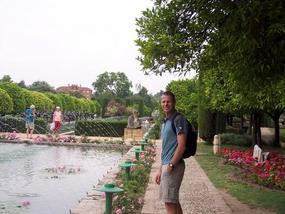
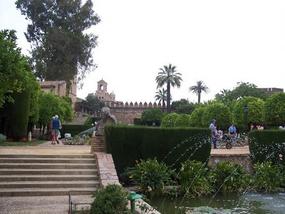






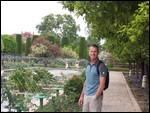
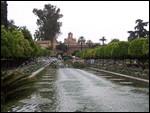
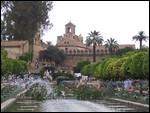
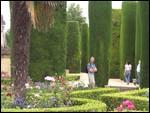
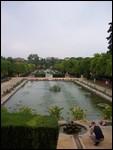
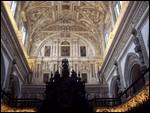
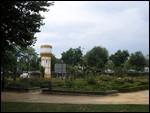
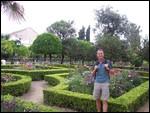
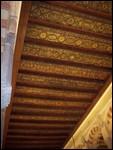
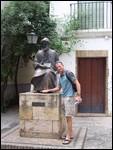
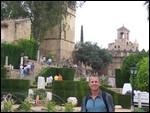
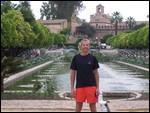
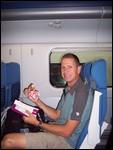
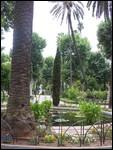
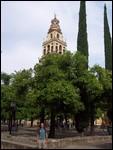
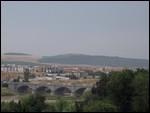
2025-05-22